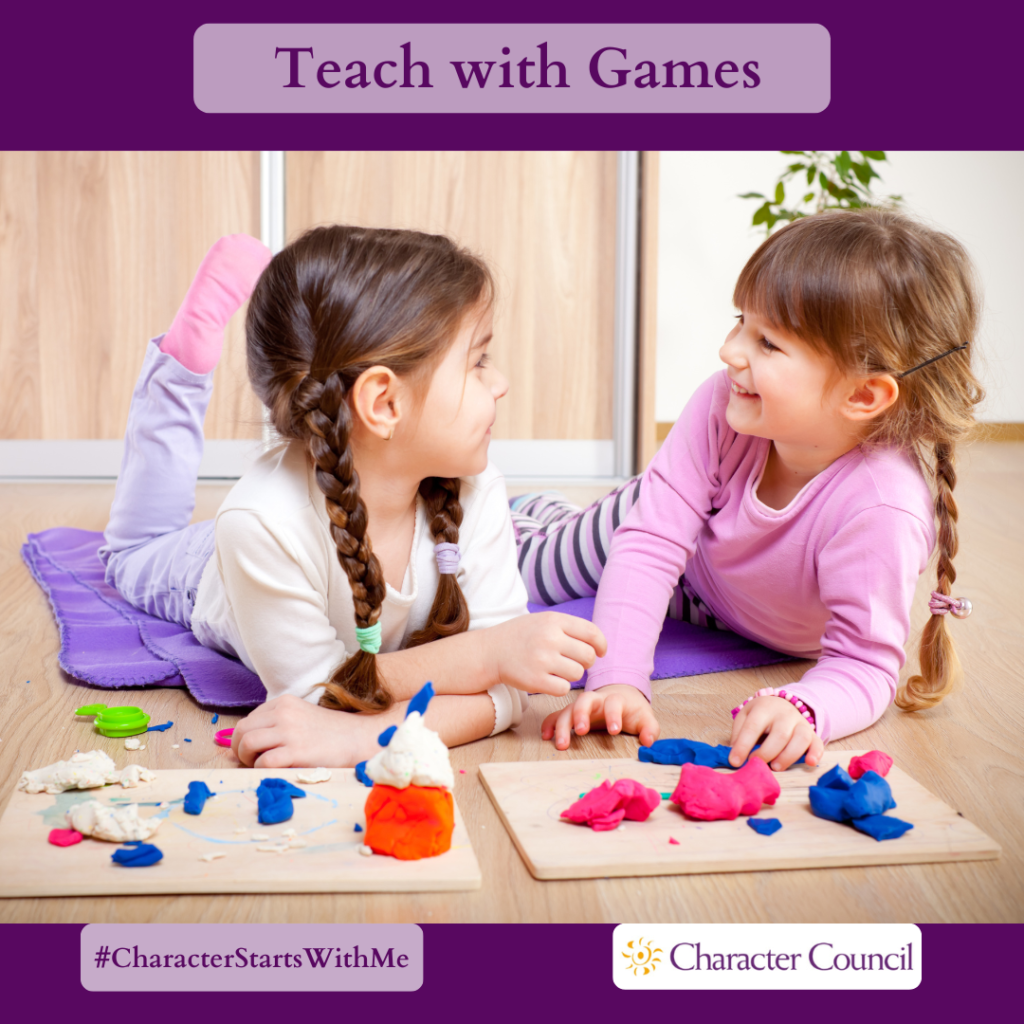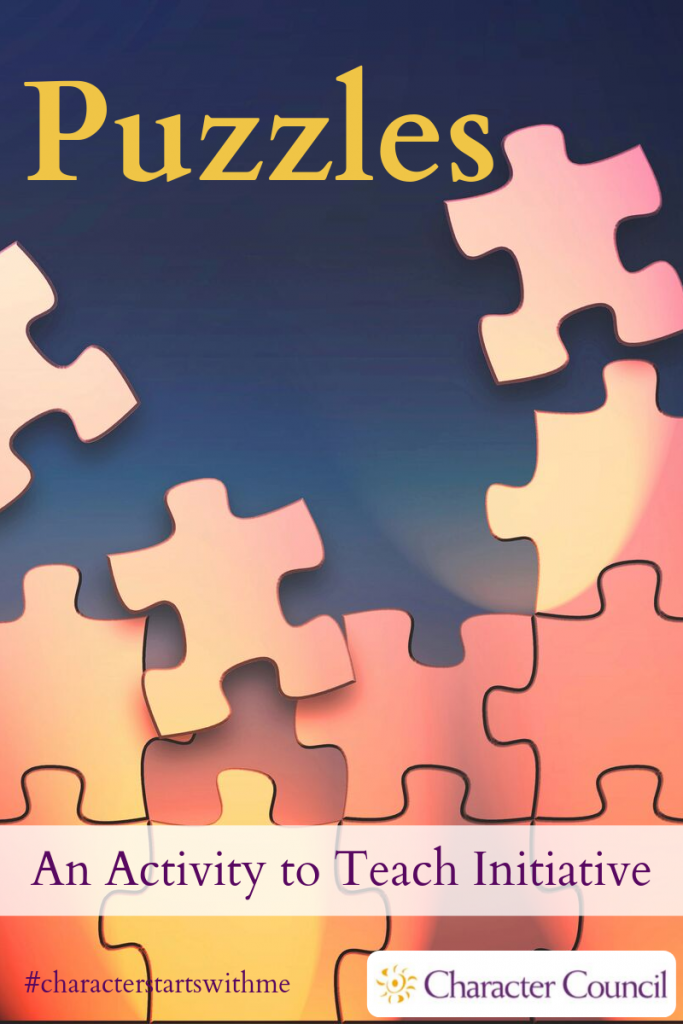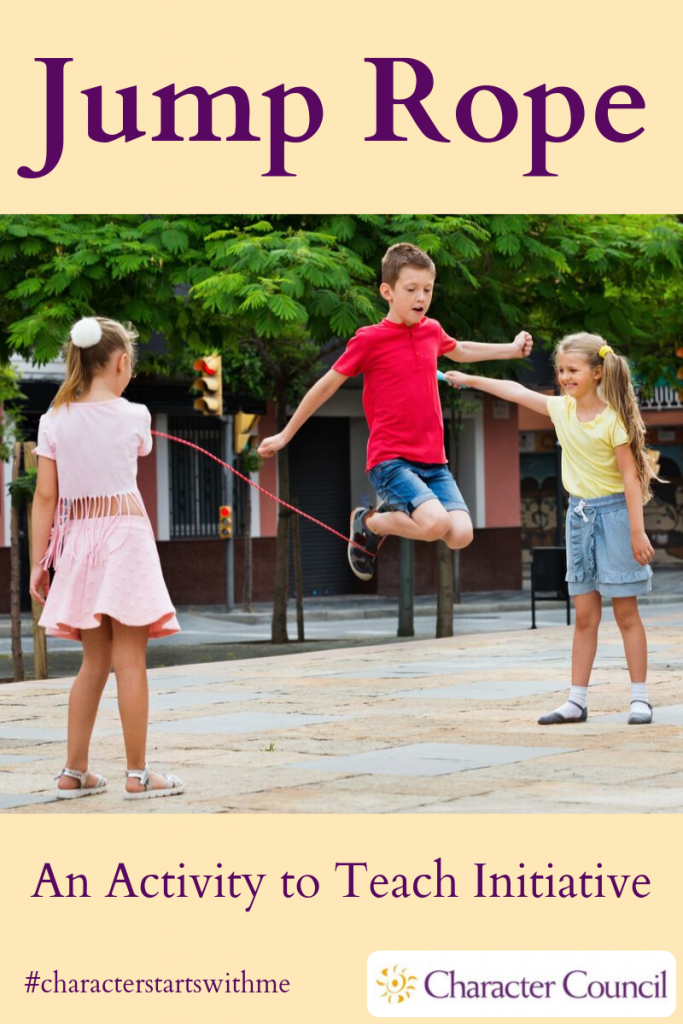
Initiative Activities
The activities here are fun ways to teach character. The game aspect makes the lesson more memorable. Each activity has processing questions at the end. Without processing the activity, the exercise is just a game. To make it a stronger lesson when you process it, relate the character quality to a core value that your organization promotes.
Consider picking a student to run the activity. You will need to give them time ahead of the activity to prepare. Another option is to pick a few students to run the activity for a younger classroom after you have run it for your class. Encourage your students to repeat it in the home for younger siblings or even parents.


WAD
Well-defined
Attainable
Deadline
These are all qualities that a true goal should have. Have your students come up with a goal to be achieved by the end of the week and write it on its own piece of paper, and then share it with the class or a partner. They then keep this paper in a place that will constantly remind them to work on this goal. If by the end of the week the student has achieved the goal, they can WAD up the paper and throw it at a target. This demonstrates that taking initiative in achieving your goals helps you hit your target. If the student does not achieve the goal that they have written, they then have the opportunity to modify their goal to be more achievable. Do this every week this month.
At the end of the month, process this activity with these or similar questions:
- Was it fun to throw a WAD at a target?
- Was it easier to achieve the goal because you wrote it down and shared it with someone?
- Why is it important to use initiative when trying to achieve a goal?
- Next time you have a goal that you want to achieve, will you use this method to help you achieve it?

Puzzles
Working a puzzle can teach us a lot about taking initiative. First, you need to have a goal or guidelines, just like the picture of the puzzle. Sometimes you rely on experience to tell you where to start and other times you just have to try something to get started. Once you get started, it is sometimes hard to stop! You will need several small puzzles, one for each group. Allow time for each group to assemble the puzzle.
To process this activity, ask these or similar questions:
- What did you do to start the puzzle?
- Did they set up the lid with the puzzle picture to guide them?
- What pieces did they assemble first?
- If they chose the edges or corners – why? Has that worked for them in the past?
- What did they do with the remaining pieces?
- Did each piece always fit in the first place they tried? What did they do if it didn’t fit?

Jump Rope
Bring in a jump rope and choose 2 volunteers to turn the rope. Now you will need one person who knows how to jump in and jump while the rope is turned for them. Watch how the jumper watches the rope and waits for just the right time to jump in. It may take several turns of the rope for the jumper to judge the speed of the rope to plan just the right timing on jumping in. Sometimes the jumper waits too long and then it seems impossible to jump in. Sometimes the jumper misjudges the rope and doesn’t get in correctly. Sometimes a jumper needs the rope to just sway for them to get in and then the overhead turns can begin.
To process this activity, ask these or similar questions:
- Is jumping rope fun?
- Can you see how Initiative is like jumping rope? You need to assess the situation before you jump and then you just jump in!
- The next time you need to “jump into” a project will you remember the jump rope?